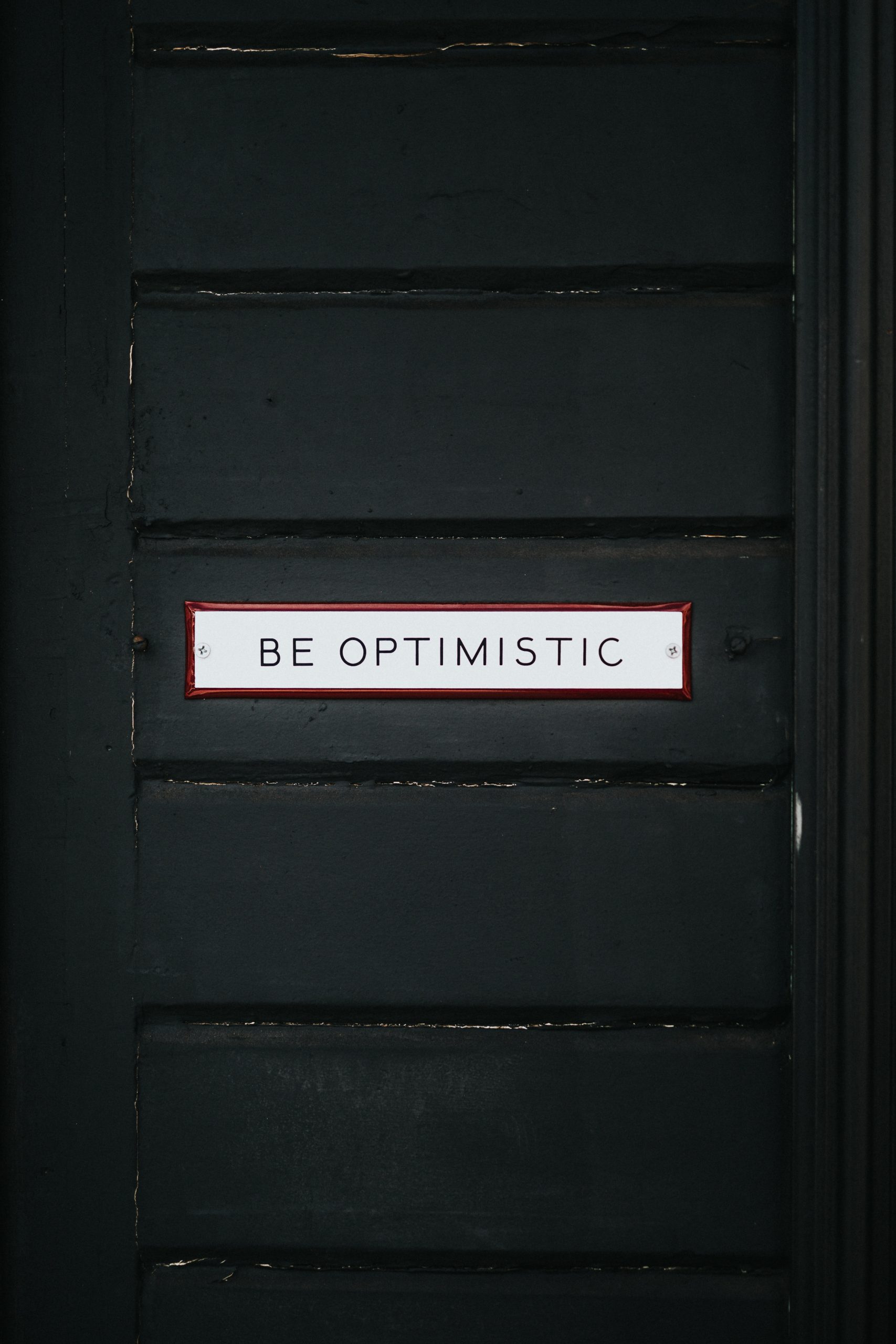The Intriguing World of Hoodoo Howlers
Hoodoo howlers, also known as ballymen, ghost dogs, or yeth hounds, are mythical creatures deeply ingrained in folklore and legends across various cultures. These eerie canines, often associated with supernatural powers and omens, have captured the imagination of many throughout history. In this blog post, we dive deep into the fascinating world of hoodoo howlers, exploring their origins, characteristics, and their enduring presence in popular culture.
Origins and Cultural Significance
While the exact origins of hoodoo howlers are subject to debate, they have been featured prominently in the mythology and folklore of several societies. One of the earliest known references can be traced back to the Celtic folklore of the British Isles, where they are referred to as “yeth hounds.” According to legend, these black, ghostly dogs with fiery eyes would appear as a harbinger of death, stalking the countryside in search of lost souls.
In Scandinavian cultures, similar spectral dogs were believed to be the hounds of the Wild Hunt, a supernatural procession led by the god Odin. These eerie dogs were said to be accompanied by otherworldly hunters on a nocturnal chase, and crossing their path was considered a particularly ominous omen.
In the southern United States, hoodoo howlers have roots in African American folk magic and the practices of Hoodoo. Hoodoo, a cultural blend of West African, Native American, and European traditions, emphasized spiritual practices, including the belief in powerful spirits and protective talismans. Hoodoo howlers were seen as spiritual entities that could serve as guardians or omens, and their appearance was often seen as a warning or portent of impending danger.
Physical Characteristics and Manifestations
Descriptions of hoodoo howlers vary across different cultures and regions, but common attributes persist. These otherworldly creatures are often depicted as large, black dogs with glowing or fiery eyes. Some accounts describe them as phantom-like apparitions, while others claim they physically resemble real dogs of extraordinary size and strength.
Hoodoo howlers are typically associated with nocturnal activity, prowling deserted roads, crossroads, or burial grounds. Reports suggest that they emit eerie howling or baying sounds that echo through the night, sending chills down the spines of those who hear them. Witnesses have described these sounds as distinctively otherworldly, often carrying an unsettling sense of foreboding.
While primarily known for their auditory presence, hoodoo howlers have also been associated with other sensory manifestations. Some accounts mention an intense, icy chill in the air when these creatures are near, or a sudden sulfurous odor that permeates the surroundings. Such physical manifestations serve to heighten the supernatural aura of these spectral beings.
Cultural and Pop Cultural References
Hoodoo howlers have sparked the imagination of storytellers and artists for centuries, making appearances in literature, music, and other forms of popular culture. These spectral dogs have become iconic figures, serving as metaphors for impending doom or elemental forces beyond human comprehension.
One notable literary portrayal of hoodoo howlers can be found in Sir Arthur Conan Doyle’s classic detective novel, “The Hound of the Baskervilles.” Here, the legendary hound serves as a central plot device, terrifying those who encounter it on the misty moorlands.
In music, the legendary blues guitarist and singer Robert Johnson often referenced hoodoo howlers in his lyrics. Johnson, who gained posthumous fame for his supernatural associations, used the imagery of these spectral dogs to evoke a sense of mysticism and danger in his songs.
Furthermore, popular television shows and movies have frequently drawn upon the concept of hoodoo howlers to create eerie and suspenseful atmospheres. From supernatural thrillers to horror movies, these spectral canines continue to captivate audiences with their spine-chilling presence.
Interpretations and Symbolism
The interpretations and symbolism associated with hoodoo howlers vary based on cultural context and personal beliefs. For some, they represent guardian spirits or protectors, warning of dangers or guiding lost souls. Others perceive them as harbingers of doom, associated with death and tragedy.
In the realm of dream interpretation and psychology, hoodoo howlers may manifest as symbols of fear, the subconscious mind’s way of highlighting internal anxieties or unresolved issues. Dreams featuring these spectral dogs can encourage personal introspection and exploration of the unknown.
However, it is essential to acknowledge that the level of belief and interpretation varies among individuals. For some, hoodoo howlers are no more than intriguing folklore and imaginative storytelling, while others find spiritual and cultural significance in their presence.
Conclusion
Hoodoo howlers, with their rich history and enigmatic allure, continue to fascinate and inspire awe. Their presence in folklore, literature, and popular culture serves as a testament to the enduring power of these spectral canines. Whether viewed as spiritual guides or harbingers of doom, the legend of the hoodoo howler adds an element of mysticism to the tapestry of human imagination.
While these spectral creatures may forever remain confined to the realm of myths and stories, their impact on our collective consciousness cannot be denied. The hoodoo howler is a potent reminder of the human fascination with the supernatural and the enduring power of folklore in shaping our understanding of the world around us.
Table of Contents
